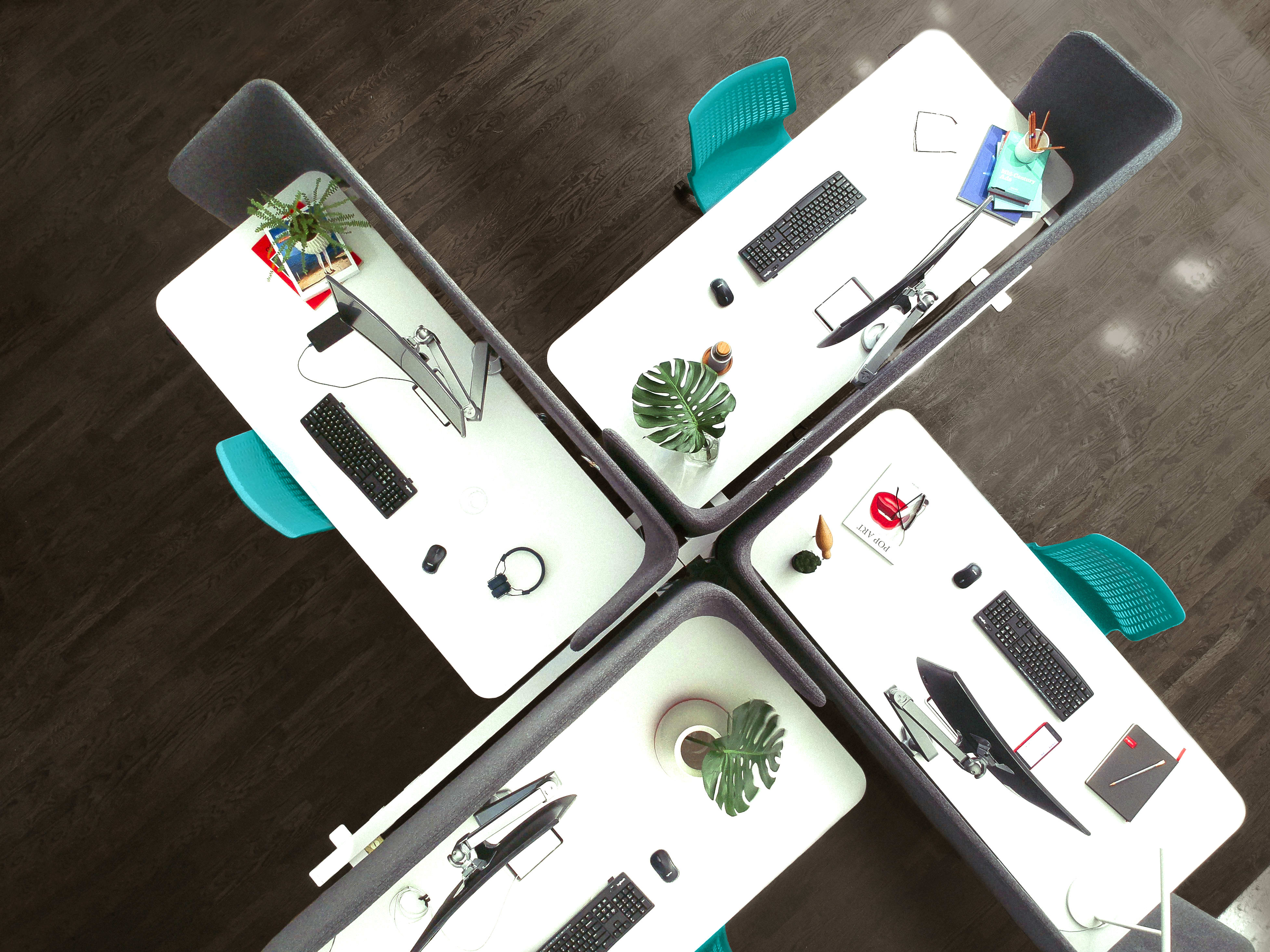Poka Yoking: Mistake Proofing Your Space
Of course, there’s no absolute way to mistake-proof an entire office; the following measures don’t ensure viruses won’t be spread and employees need to continue to maintain a 6-foot radius around themselves, wash their hands often, and clean surfaces with virus-killing cleansers. However, they can aid in helping employees and visitors to intuitively partake in social distancing and/or create physical barriers.
Poka yoke (pronounced POH KA YOKE) is a mistake proofing approach to eliminating errors or preventing errors that was developed by the Japanese engineer Shigeo Shingo in the 1960s. Poka yoke makes use of simple, but effective tools and signals to prevent errors from occurring. It is simple. It is effective. That’s all that is needed.
Example: Different Meals for Captain and First Officer
Both captain and the first officer cannot have the same type of meals. The reason is, if the food has any issue, maybe one pilot will get sick. The other pilot can still fly the plane as he or she took a different meal.
Spatial Effectiveness: Poka Yoking Workstations + Circulation
Alternating workstations can be the simplest way to ensure appropriate distance between users is met.
But however well you plan your space, it’s only as good as how it’s used. Prep and train employees coming back to the office to:
- Be mindful of utilizing only their dedicated space; extra seats at intended “empty” spaces should be removed
- Schedule collaborative discussions virtually or from a safe distance when appropriate i.e., remove guest seating to discourage “pop-in’s” at the workstation
- Follow designated directional flow down certain aisleways and avoid pinch points
- To truly avoid any overlap from movement in the aisle ways, consider only allowing seats alternating every other row
Spatial Effectiveness: Poka Yoking Social + Collaboration Spaces
We know that proximity and collaboration is still key to productive teams, but appropriate social distancing may be a need for shared spaces now and into the future.
Like solo spaces, communicate new protocols and train employees coming back to the office to:
- Be mindful of new protocols for shared spaces; i.e. wiping down your café table after use and leaving a visual cue to tell other users that table has been cleaned
- Remove additional tables or seating in both enclosed and open areas to ensure a safe distance is maintained
- Follow designated directional flow down certain aisleways and to avoid pinch points
Visual Cues as Boundary: Markers to Encourage Distancing
For spaces where barriers aren’t present, but the appropriate distance exists, consider placing a visual reminder to maintain distancing guidelines. While employees don’t want to see their office begin to resemble a supermarket with tape marking the floor, signage and other visual aids can help employees keep distancing in mind.
Singular path of travel is defined with integration of Viz Wall. The addition of visual cues using 6’ diameter material changes in the flooring help to identify personal area.
Furniture Shape as Boundary: Orientation + Shape Drive Distancing
Yin-yang arrangements in which users face in opposite directions keep group sizes smaller.
Similarly, replacing traditional round tables with a polygonal shape gives users defined personal space.
Layering as Boundary: Seating + Tables
The use of layering so that users sit at different heights can also increase the distance between two people, so the users are staggered.
Yin-yang and organic layouts create natural separation between workers.
Orientation as Boundary: Outward, Pinwheel & Organic
Outward Facing & Pinwheel
Small Change, Big Impact: Reconfigure
Before: Linear Configuration / After: Pinwheel Configuration
Small Change, Big Impact: De-Content + Define Path of Travel
Before: Work Café / After: Distanced Work Café
Planters are added to define singular path of travel while incorporating biophilia into the space.
Cleanable Surfaces: Select Materials That Are Inherently Cleanable
Vinyls / Glass / Laminates
Accessibility: Eliminate Barriers to Cleaning
Utilize tools to remove items from worksurfaces.
Routinely clean and disinfect all frequently touched surfaces in the workplace, such as workstations, keyboards, telephones, handrails, and doorknobs. (CDC Guidelines)























